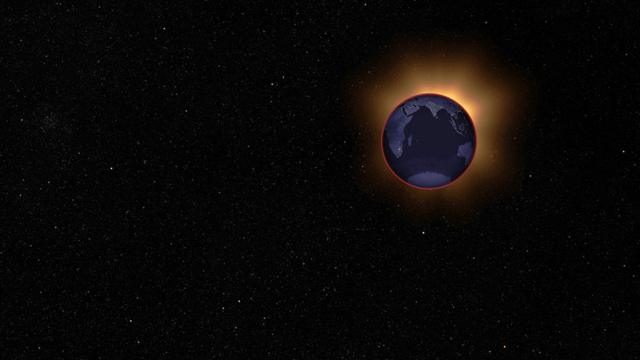Want to see the Moon turn a reddish colour? Well, if the skies are clear on Friday night you should be able to see the almost total lunar eclipse from Australia pretty well.
From the Americas and the Pacific regions of the globe, much, if not all, of the ‘almost total’ eclipse will be visible. East Asia will see the middle of the eclipse and Australia will catch the final phase.
The key moment to see the red full Moon will be 8:03 pm AEDT on Friday, November 19, 2021.
What is an ‘almost total’ lunar eclipse?
A lunar eclipse, NASA explains, occurs when the Sun, Earth and Moon align so that the Moon passes into Earth’s shadow. In an almost total lunar eclipse, the entire Moon falls within the darkest part of Earth’s shadow, called the umbra. In this eclipse, up to 99.1 per cent of the Moon’s disk will be within Earth’s umbra.
Why is this a big deal?
This lunar eclipse is particularly exciting because it’s the longest partial lunar eclipse to occur in hundreds of years. On Friday night, the Earth’s shadow will block almost all of the sun’s light from reaching the moon. This eclipse is the longest occurring in around 648 years.
Why does the Moon turn red during a lunar eclipse?
Well, as NASA explains, the same phenomenon that makes our sky blue and our sunsets red causes the Moon to turn red during a lunar eclipse. It’s called Rayleigh scattering. Light travels in waves, and different colours of light have different physical properties.
During a lunar eclipse, the Moon turns red because the only sunlight reaching the Moon passes through Earth’s atmosphere. The more dust or clouds in Earth’s atmosphere during the eclipse, the redder the Moon will appear. It’s as if all the world’s sunrises and sunsets are projected onto the Moon.

Here’s the timeline, in AEDT
5:02 pm – Penumbral eclipse begins. The Moon enters the Earth’s penumbra, the outer part of the shadow. The Moon begins to dim, but the effect is quite subtle.
6:19 pm – Partial eclipse begins. The Moon begins to enter Earth’s umbra and the partial eclipse begins. To the naked eye, as the Moon moves into the umbra, it looks like a bite is being taken out of the lunar disk. The part of the Moon inside the umbra will appear very dark.
7:45 pm – Red colour becomes visible. More than 95 per cent of the Moon’s disk is in the umbra and the Moon will appear red. The colour might be easier to see in binoculars or a telescope.
8:03 pm – Eclipse peak. The peak of the eclipse occurs at 9:03 UTC. This is the best time to see the red colour.
8:20 pm – Red colour no longer visible. The redness fades as less than 95 per cent of the Moon is in the Earth’s umbra. It appears that a bite is taken out of the opposite side of the Moon from earlier.
9:47 pm – Partial eclipse ends. The whole Moon is in Earth’s penumbra, but again, the dimming is subtle.
11:04 pm – Penumbral eclipse ends. The almost total lunar eclipse is over.

Comments